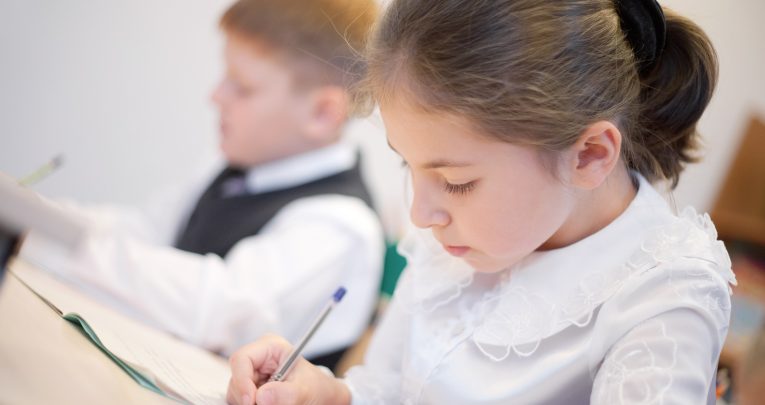Independent learning – What is it, and can it be taught?

Independence is a worthy educational goal, but it has to be learnt just like anything else, says Alex Quigley…

What actually is ‘independent learning’? It is supposedly a very good thing for us all. We want it for our students. Employers want it. School leaders want it. Everyone wants it. But do we even know what it is? Can you give me a clear definition? Perhaps you can, but I bet it you’d find it tricky.
Woolly terms like ‘personalisation’, ‘student centred learning’ or student ‘ownership’ of learning are linked synonyms for independent learning. I’m not sure what they mean in concrete terms either.
We need something a little more definitive that we can share and model with our students with explicit clarity. We need to know what independent learning looks like and sounds like.
Support and guidance
So what is it? Independent learning could best be described as students utilising specific learning strategies that foster self-improvement through organised independent study, with the support and guidance of a teacher. Note my inclusion of ‘the guidance of a teacher’.
Independence is a valuable end goal of education – whereas ‘independent learning’ is something that is developed through the expert guidance of a teacher.
We need to dig down to the specific learning strategies and establish some practical working principles to ensure that students can do it well. Have you tried much independent learning with your green under the gills year 7 students? I suspect you tend to defer to more directed teacher instruction, given that they don’t know nearly half as much as you do, nor how to get that knowledge and understanding.
This is rather unsurprising. Students need ample training to work independently with success. We need to train students to make the tricky transition from dependence to independence. We need to focus on the stepping-stone of interdependence – whereby the teacher helps build good learning habits that are fundamental for independent learning.
Modelling and scaffolding learning are our building tools of choice. First, we need to first ensure that students are exhibiting the right habits to help them work well independently. We need to share with them the reality that conquering boredom takes effort and no little skill. Setting short term and long term goals needs modelling with students. We also need to model how to organise ourselves for learning, from working in groups, to prioritising using lists and plans, to learning to time our work with some accuracy and so forth. It takes time and teacher-led expertise.
Organisation, planning, modelling
Here are some useful learning strategies to help students work well independently:
- Start with organisation
Those who can learn well independently typically know how to organise themselves. If they have a folder in your subject, explicitly guide them to how best organise their folder. Nudge them along by scheduling in regular organisation checks into your teaching time. - Use planning tools
Use a planning tool, like their student planner, to organise their time and set reminders of deadlines. Model project task lists, essay plans and more. Give students the time to plan with real thoroughness and with support. - Model the outcome
Procrastination and distraction thrive on ambiguity. If you have set students an independent task like writing an essay, then they need to know what success looks like. Exercise interdependence by modelling a paragraph with shared writing, undertaking worked examples and showing them past examples.
Better web research
Don’t expect students to possess good independent research skills. For a start, give them some useful internet tips – spend lesson time showing them the best websites for your subject, while giving them search advice and getting them working together to source good materials.
Let them know that bad spelling encourages bad Google results, but also direct them to certain websites for research. The web is a black hole of procrastination, so be specific – check your links work and share them. Leave no opportunity for poor web research or cyber-loafing.
Other points to bear in mind include:
- Model getting unstuck
When no-one is looking it is easier to give up. Train students in what to do to plough through their sticky patch. That could mean strategies such as revisiting their notes and re-reading teacher feedback; going to the library; checking the internet; or emailing their teacher. - Help students to generate their own questions
Again, modelling learning does the trick. Show students some metacognitive questions – that is, questions that help us to think about our thinking. For example, ‘Do I have all the information?’ ‘What are the key elements of the information and/or task?’ ‘Can I put this information into my own words?’ ‘How can I reorganise this information more effectively?’
We need to make such strategies an integral part of our daily teaching routines, if we are to move independent learning beyond being a banal and vague buzzword beloved of many but understood by few. We need to understand that independence is a desired end goal and mark out the crucial steps for students along the way.
Alex Quigley is an English teacher and director of learning and research and Huntington School. For more information, visit www.huntingenglish.com or follow @HuntingEnglish.











